Dextrose Prolotherapy
Dextrose Prolotherapy is the original form of prolotherapy introduced in the 1930’s. Concentrated dextrose (naturally occurring sugar) or saline (salt water) or other natural substances are used as an irritant to stimulate a mild inflammation which “tricks” the body into believing that an area is injured and to heal again. It is commonly called “Prolotherapy.”
How does Prolotherapy work?
Prolotherapy raises growth factor levels or effectiveness to promote tissue repair, reducing or eliminating musculoskeletal pain. Prolotherapy works by causing a temporary, low-grade inflammation at the injection site, activating fibroblasts to the area which synthesize precursors to mature collagen and reinforce connective tissue.
Medical research has demonstrated that direct exposure of fibroblasts to growth factors (either naturally occurring or added) accelerates new cell proliferation and collagen deposition. Inflammation produces secondary growth factor levels to rise. The inflammatory stimulus of prolotherapy raises the level of growth factors to resume or initiate a new connective tissue repair sequence which had stopped too early or had never begun. By stimulating the body to produce collagen and cartilage in injured areas, pain can be reduced or eliminated.
To summarize, natural healing is induced by stimulating the body’s innate response mechanism to the prolotherapy injected agent. Prolotherapy uses the body’s ability to create an inflammatory environment in specific spine and joint regions. This leads to a full-blown healing cascade resulting in a stronger and more stable spine and joint depending on which areas are treated.
What are the Prolotherapy injections like?
Prolotherapy of the spine is a series of injections directed to an area of the neck, mid-back including ribs and sternum, or low back and sacral regions which are weak and painful. Aside from the spine, prolotherapy can also be performed on the major joints of the body.
The prolotherapy injected agent, also known as a proliferant, is commonly made up of a dextrose solution with saline, lidocaine and sometimes trace amounts of other components such as Vitamin B12 or Sarapin. Dextrose is a naturally occurring sugar. A combination of only dextrose and lidocaine, an anesthetic medicine, is the most commonly used solution. Before injection, the skin is anesthetized with a cold spray known as ethyl chloride.
The proliferant is injected into the painful area or joint which creates a short duration of inflammation. Collagen and cartilage, the soft tissues of the body, are rapidly produced after the injection. This leads to stimulation of the immune system’s healing mechanism which leads to recruitment of fibroblasts and chondroblasts to painful areas. The new collagen and cartilage regenerate the area by strengthening and restoring joints, and supporting soft tissue.
Prolotherapy shortens elongated weak ligaments and makes them stronger and more functional. This is the mechanism of how pain is reduced or eliminated in injured or overused areas through natural healing. Image guidance with fluoroscopy and/or ultrasound should be used when prolotherapy is performed.
What are the benefits of Prolotherapy?
There is no rehabilitation or time missed from work with prolotherapy.
Prolotherapy can be performed in the office.
Patients can drive themselves home after prolotherapy.
Prolotherapy can be administered in a few minutes and patients safely discharged immediately.
Common Questions
-
After a prolotherapy treatment, some patients feel stiffness which occasionally lasts up to 24 hours or more. Patients are advised to rest the area until the next treatment and do only circuit-training if necessary. Reduced pain may take up to seven days to occur. The strength and intensity of the proliferant can be adjusted according to how patients tolerate the soreness that occurs after each treatment. Patients should be reassured that experiencing tightness and discomfort after each treatment is normal.
-
At least 4-8 treatments is typically required for spine prolotherapy. The frequency of prolotherapy sessions is approximately every 2-4 weeks and the expected time frame for improvement to be noticed usually occurs after the 3rd or 4th treatment. Wrists, ankles, and knees usually heal in approximately two to four treatments. Spine and joint healing can continue to occur up to 3-6 months after the last treatment. Anti-inflammatories are restricted during prolotherapy and ice should be used minimally. The onset of healing is proportional to how patients take care of themselves.
-
Some patients feel better immediately. Some patients do not improve until prolotherapy injections are completed. Prolotherapy can be performed once a week or can be scheduled at 4-6 weeks intervals. Regardless of the period between sessions, collagen is stimulated to grow and mature over a three-month period. The best results occur with weekly treatments as this keeps the collagen-stimulated with less interruption. As with most medical treatments, each patient heals at a different rate. Also, some areas of the body will heal faster than others, depending on the injury type and any pre-existing conditions.
-
Healing can be delayed due to: overuse of the healing joint or body part, not maintaining a healthy weight, poor posture, weak supporting musculature, including core musculature, using anti-inflammatory drugs, or not completing the prolotherapy treatments.
This Treatment is Good For..
-

Knee
-

Back
-

Neck
-

Hip
-

Shoulder
